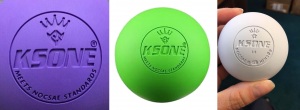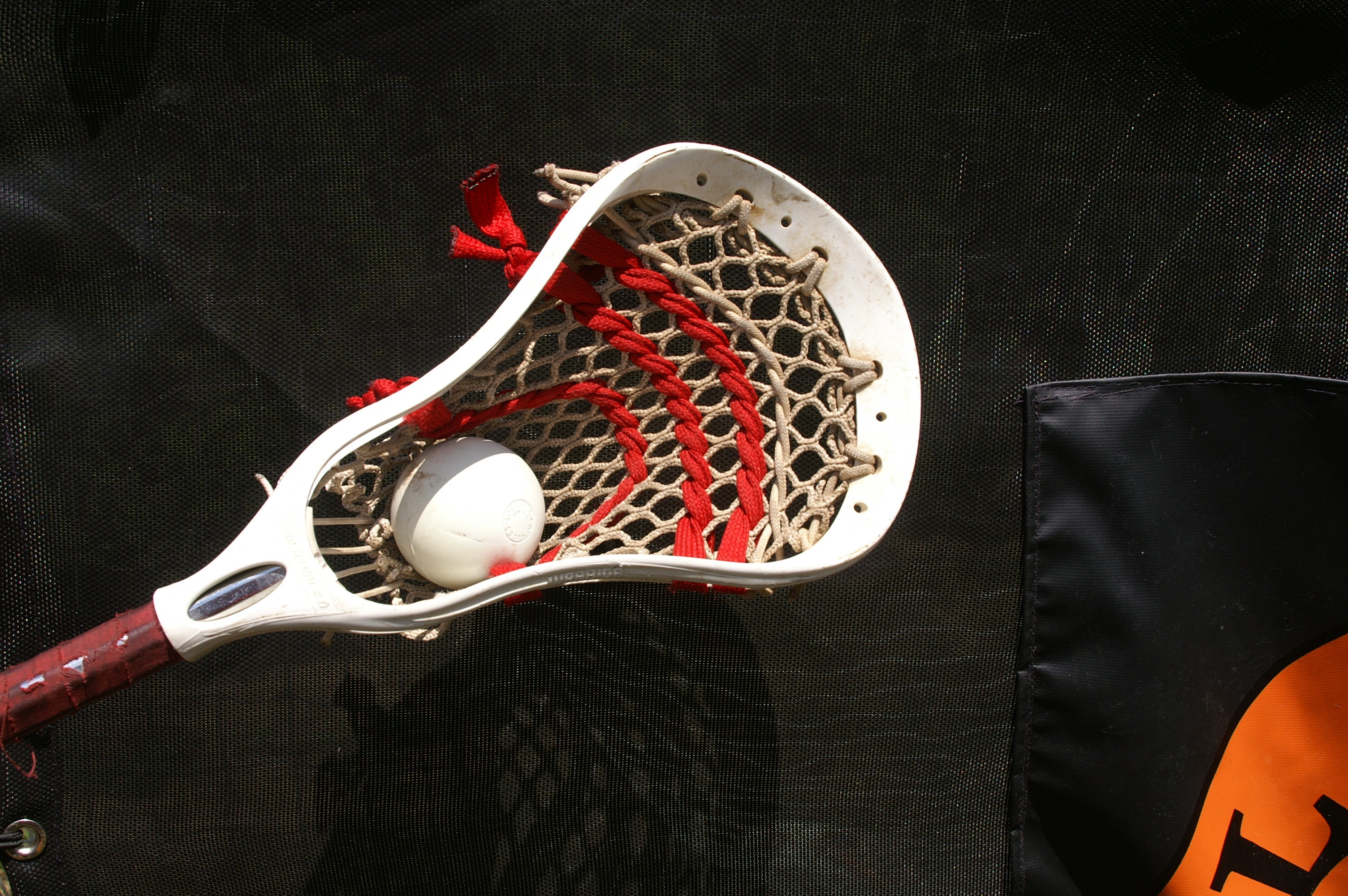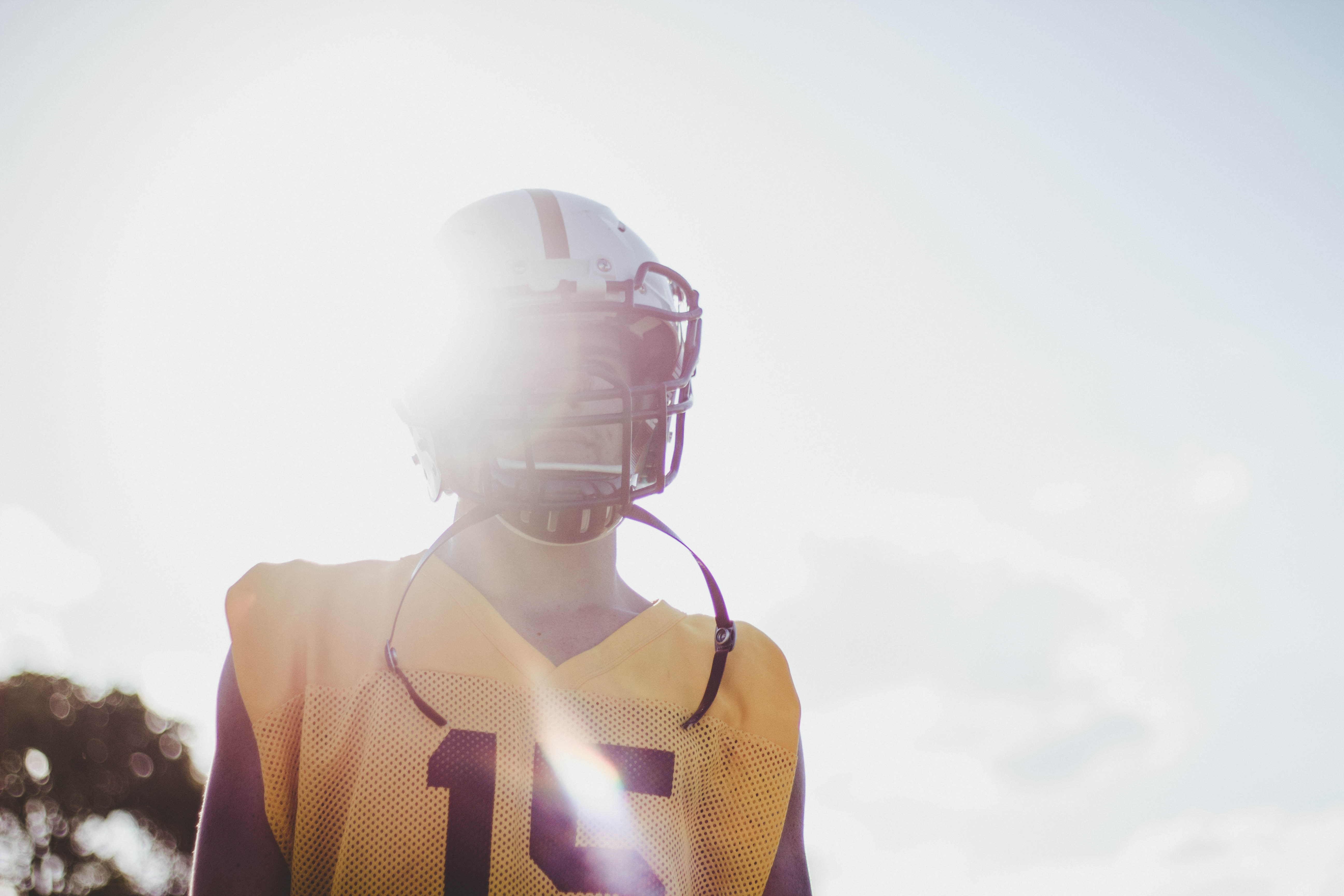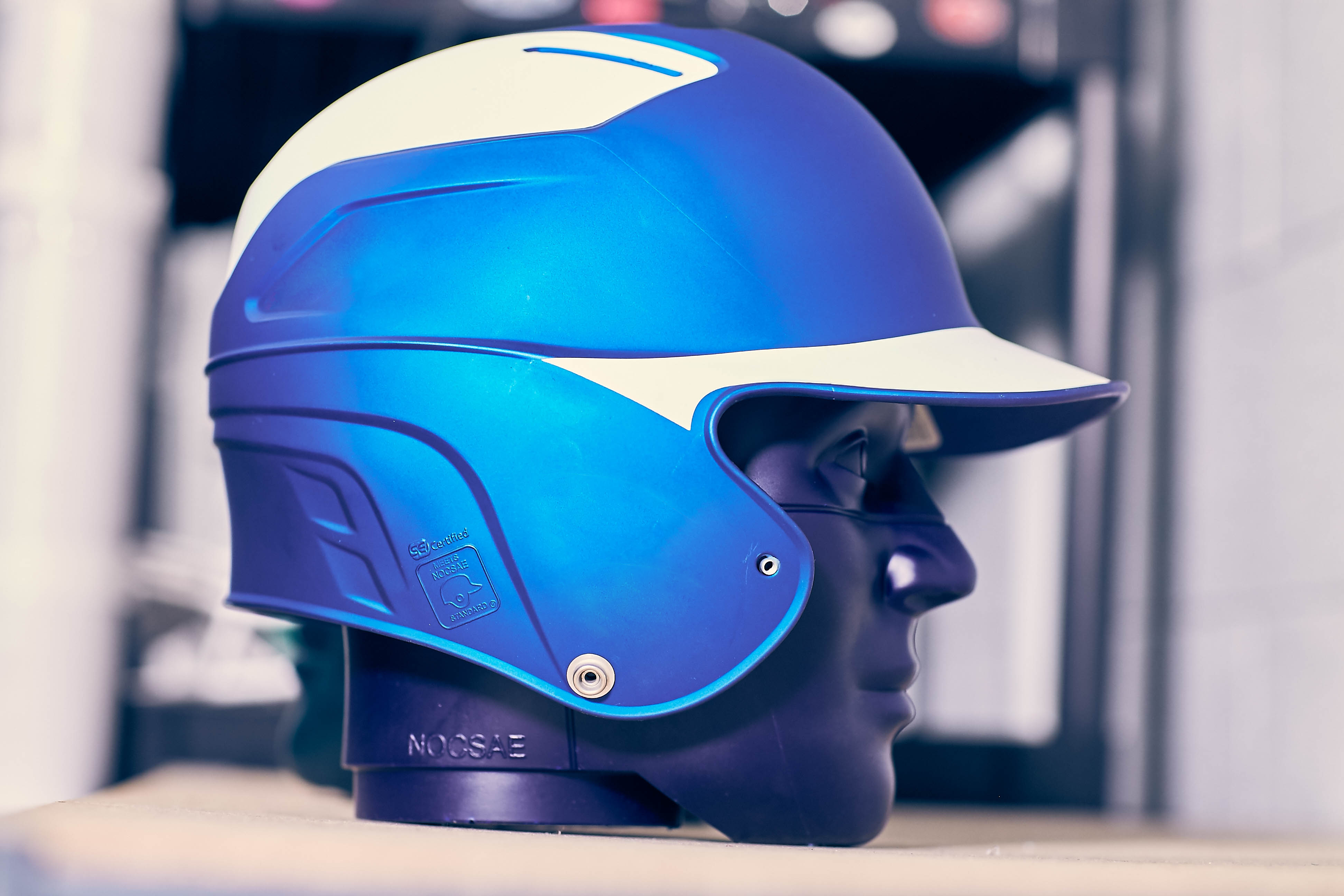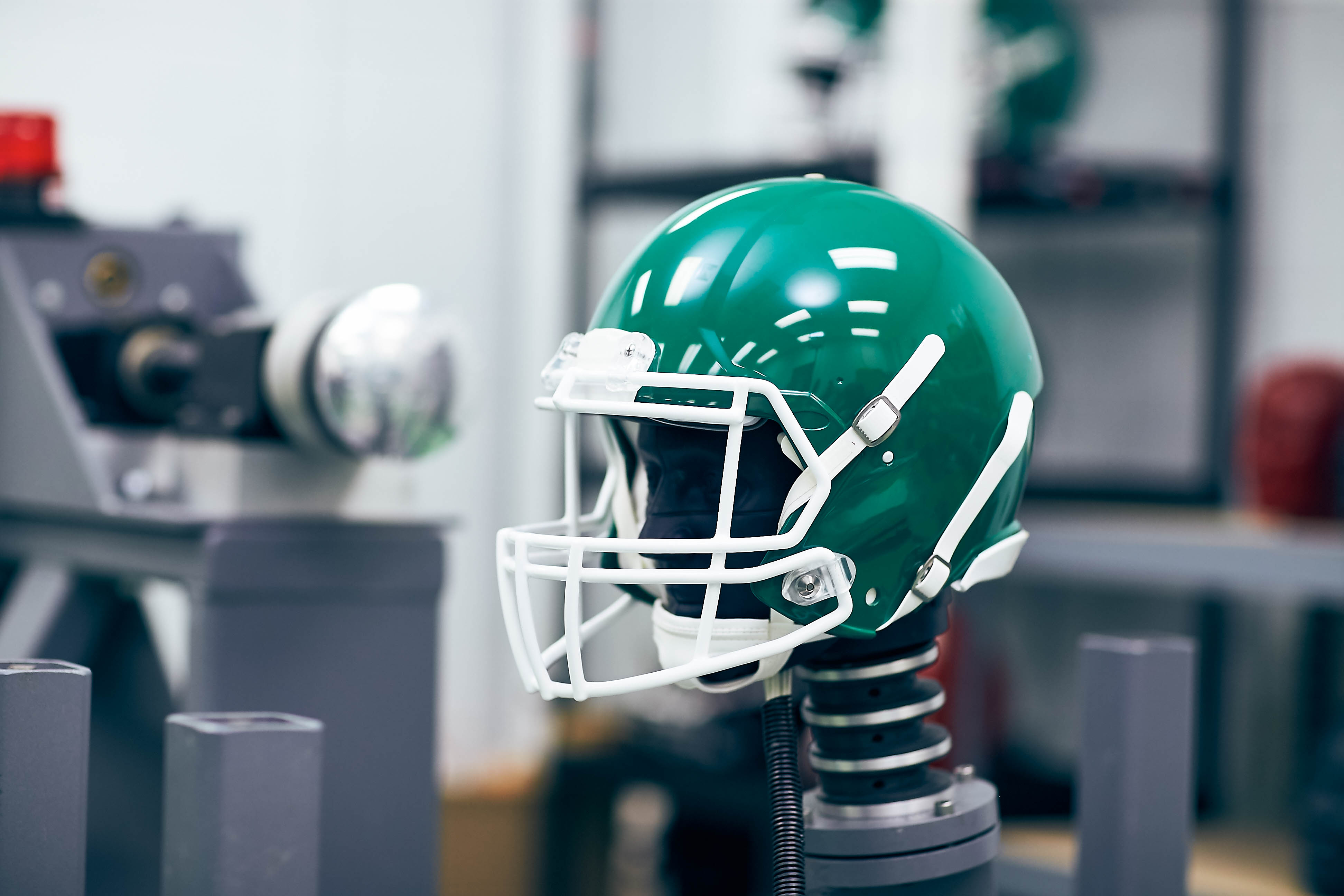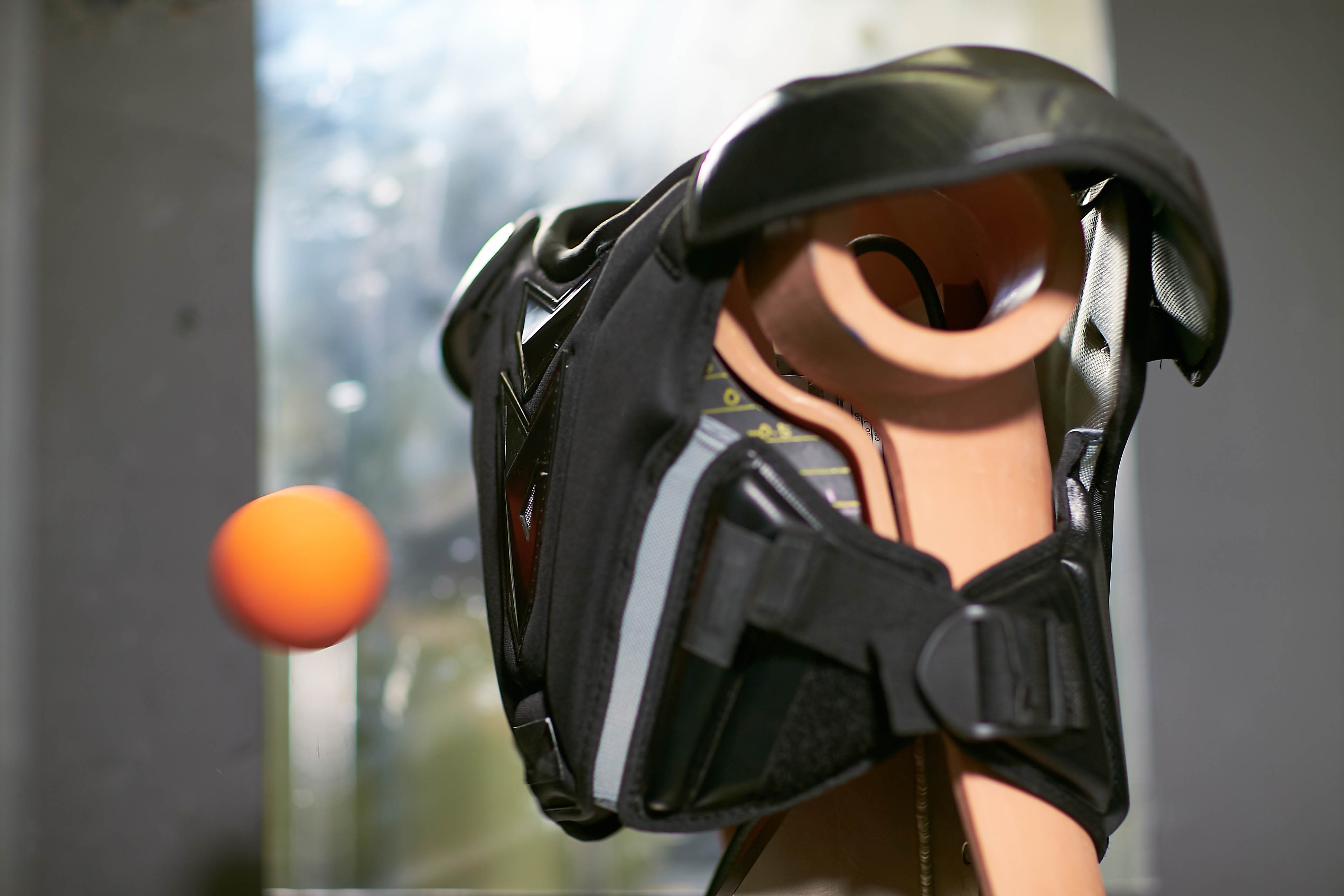OVERLAND PARK, Kan. (August 8, 2019) ― The National Operating Committee on Standards for Athletic Equipment (NOCSAE) held its summer standards meeting in Boston on July 26. The Standards Committee discussed modifications to existing standards and continued to evaluate the possibility of creating new standards for flag football head protection and football shoulder pads. The NOCSAE Scientific Advisory Committee (SAC) also reported on findings from two research initiatives funded by NOCSAE and designed to inform criteria for a youth-specific football helmet standard.
Revised Football Helmet Performance Standard Will Become Effective November 1, 2019
A key priority for NOCSAE has been the implementation of the revised football helmet performance standard which limits rotational accelerations involved in many concussions. The standard is set to become effective November 1, 2019, to align with the pneumatic ram testing standard implementation date. Helmet manufacturers will be required to meet the revised standard for certification by SEI as of that date. Several helmet brands have already been certified by SEI to the revised standard.
Scientific Advisory Committee Update on Youth Football Helmet Standard Research
For more than ten years, NOCSAE has worked to develop a youth football helmet standard that is evidence-based. NOCSAE’s existing football helmet standard applies to players of all sizes, and helmets that are small enough to be worn by “youth players” are required to be tested on a biofidelic head form that replicates the head of a 50th percentile 10-year-old male.
In 2017, NOCSAE convened a Scientific Advisory Committee (SAC) to explore the latest scientific support for a youth helmet standard. The SAC recommended two research initiatives to determine the magnitude and frequency of head impacts for youth football players ages 5 to 10 and 11 to 14 years old and explore potential criteria for a youth helmet football standard. The NOCSAE board approved two separate research agreements with Virginia Tech and the University of Ottawa, Ontario, Canada to evaluate potential performance parameters for a youth football helmet standard, based on observed youth football impact dynamics and to develop a youth-specific finite element model that can be used to evaluate the possible consequencs of changes in impact accelerations.
Dr. Robert Cantu, NOCSAE vice president and clinical professor, Department of Neurosurgery at the Boston University School of Medicine, shared a report on the findings of both research initiatives at the summer meeting. Currently, Virginia Tech is completing final tests to relate impact velocity to head accelerations using the pneumatic ram to check consistency with on-field measurements. The SAC will reconvene this fall to evaluate the research findings and potentially recommend helmet performance criteria specific to a youth helmet test standard. More information is available in NOCSAE’s Youth Helmet Football Standard Research and Development Update.
Updates to Existing Standards
The Standards Committee acknowledged minor modifications to existing standards to allow projectile manufacturers to include the date of manufacture on either the packaging or the projectile and to require the NOCSAE logo be placed on the primary protective component of products that meet the commotio cordis performance standard. The standards committee also voted to reaffirm the performance specification for newly manufactured field hockey headgear for five years. The standard is currently not required by governing bodies.
Potential New Equipment Safety Standards for Flag Football and Football Shoulder Pads
The Standards Committee agreed to continue evalutating the possibility of developing new equipment safety standards for flag football head and face protection, and for football shoulder pads. Flag football is currently one of the fastest growing team sports and allows players of all ages to enjoy the game without many of the injury risks associated with tackle football. Preliminary data suggest that the risk of head and facial injury occur from unanticipated contact with other players and impacts with the ground. NOCSAE is also considering possible criteria for a performance standard for football shoulder pads. Recent data suggest that shoulder pads are involved in a significant percentage of impacts with helmets during tackling, and NOCSAE is exploring the feasibility of considering shoulder pad performance as related to reducing head accelerations in those circumstances.
Counterfeit Lacrosse Balls
NOCSAE continues to take aggressive steps to stop the sale of counterfeit lacrosse balls by certain vendors, primarily on the internet. Over the last few years, NOCSAE has worked with Amazon, GoDaddy and other online shopping platforms to shut down vendors selling lacrosse balls that have NOCSAE and SEI certification language and logos, but which have not been certified to the NOCSAE standard. NOCSAE warns coaches, parents and athletes to use caution when purchasing lacrosse balls, particularly online. Consumers should not rely on the presence of logos to assess whether lacrosse balls meet the NOCSAE standard. To ensure these products have been certified to the NOCSAE standard, NOCSAE recommends checking the name of the manufacturer in the certified product list available on the Safety Equipment Institute (SEI) website (www.seinet.org). NOCSAE will continue to provide updates on this issue as new information becomes available.
Information about NOCSAE’s recent consumer alert regarding “KSONE” lacrosse balls is available at this link.
More information on all NOCSAE standards is available at www.nocsae.org.
